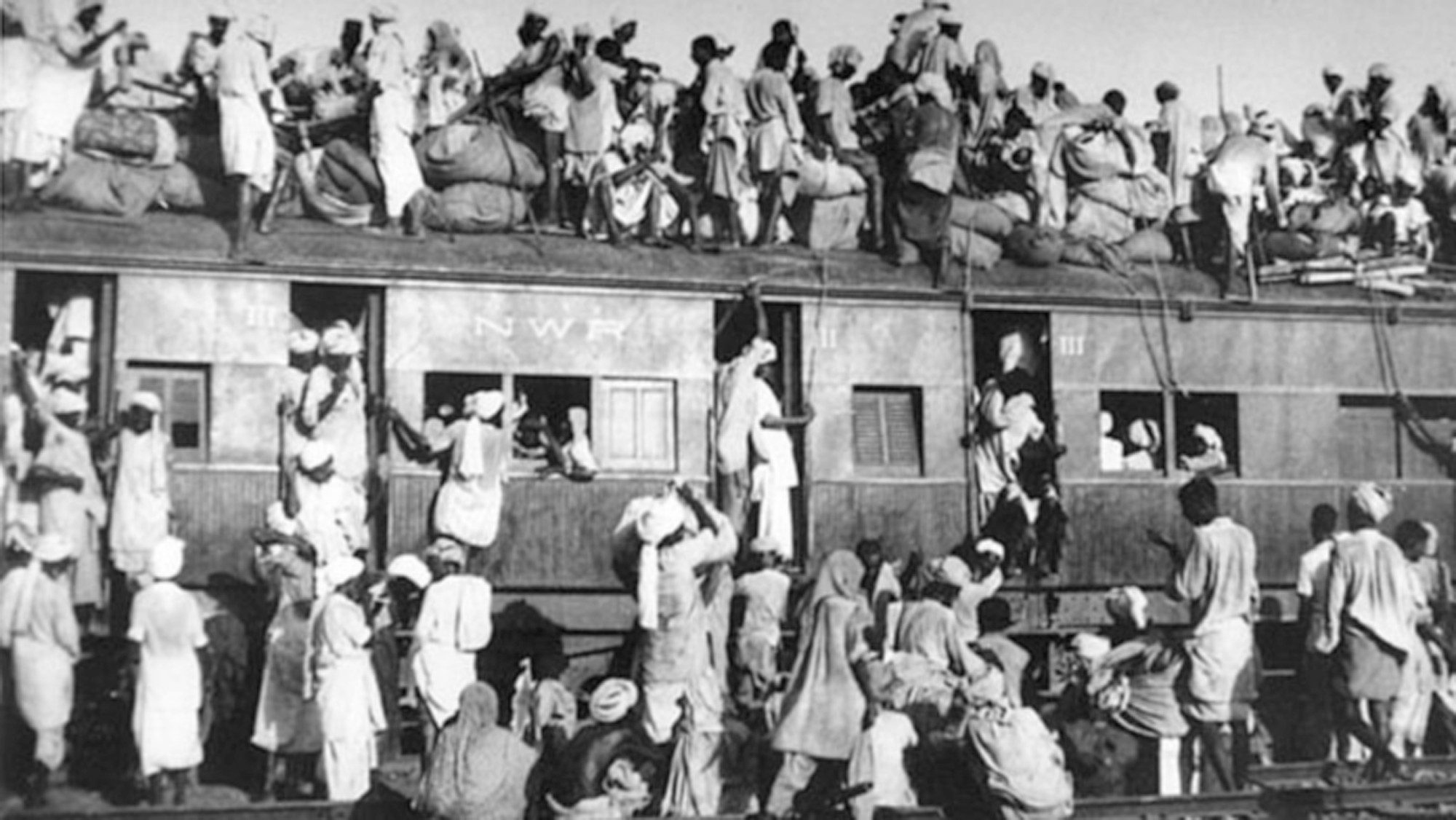From Article 370 to Citizenship (Amendment) Bill, demographic change is a key objective of Modi-Shah
By Shivam Vij
Ishtiaq Ahmed’s voluminous book The Punjab Bloodied, Partitioned and Cleansed is an underrated study of Partition violence in Punjab, which killed lakhs and displaced many more. Ahmed interviewed people in both India and Pakistan, and looked at the archives to reconstruct the big incidents of violence. He considers whether Partition violence could be called genocidal. It is in vogue to describe every incident of mass violence as genocide or at least genocidal.
The idea of genocide is to completely exterminate a community, such as the Holocaust. But Partition violence was not seeking to do that. Ahmed comes to the conclusion that the aim of Partition violence was ethnic cleansing. As confusion raged over which place would be in India and which place would be in Pakistan, people took to violence to drive out the other community from their area. Everyone wanted to be part of a majority in their village, in their country.
You will agree with Ishtiaq Ahmed’s findings if you ask a follower of the RSS brand of majoritarianism what they think of Partition. It was good, they will reply, because it reduced Muslims in India in both absolute numbers and percentage. They dream of Akhand Bharat, but never of undoing Partition. That fantasy belongs to hoary secular nationalists alone.
The concentration, not the numbers
Yet, it is not enough for the RSS that 4 out of every 5 Indians are Hindu. B.L. Santhosh of the RSS, currently general secretary in the BJP, recently said the “concentration, not the numbers, of minority population in certain parts of the country was a cause for concern and needed attention.”
He explained: “While south India forms less than 30% of India’s total geographic area, more than 50% of Christian population was concentrated in four states Kerala, Tamil Nadu, Karnataka, and Andhra Pradesh; another 37% in the northeast… Similarly, Muslim population in Karnataka and Kerala was concentrated from Mangaluru to north Kerala (Malabar) unlike in the rest of the areas of these States… 81% of Tamil Nadu’s Christian population was concentrated in Kanyakumari, Nagapattinam, and Cuddalore districts.”
Santhosh also reportedly said the Narendra Modi government will come up with a plan to “deal with the situation” since “concentration of minorities” posed a “threat”. This obsession with “areas” of “minority concentration” isn’t new. You can talk to an average RSS activist and hear him complain about Muslim concentration in west UP, parts of Assam, West Bengal and Kerala, and Christian concentration in parts of the northeast.
And then there is the Kashmir Valley. Hindutva supporters call Muslim pockets in old cities ‘mini-Pakistan’. When Rahul Gandhi contested from and rallied in Wayanad, Amit Shah said he couldn’t make out if it was “India or Pakistan”. Such “concentration” gives communities cultural agency and autonomy. It also makes it difficult for the BJP to win elections in these areas, given its Hindutva politics. Kashmir has never had a Hindu chief minister, but BJP wants to make sure it does.
Demographic engineering
The recent change in the constitutional status of the state of Jammu and Kashmir through article 370 now allows any Indian to directly buy land in J&K. This is what Kashmiris fear the most. There are provisions to prevent outsiders from buying land in Himachal Pradesh, Uttarakhand and much of the northeast. But in Kashmir, the Modi government hasn’t yet said a word about whether it would reconsider such provisions. Changing the demography of the Kashmir Valley seems to be part of the project.
Once the amendments to the Citizenship Act are in force, it will attract non-Muslims from Pakistan and Bangladesh and Afghanistan. These ‘refugees’ will all be presumed to have been victims of religious persecution even if they weren’t persecuted. They could then be settled in areas of minority “concentration”. This would bring down the “concentration” of Muslims in these areas.
Simultaneously, updating the National Register of Citizens (NRC) pan-India will subtract some Muslims (non-Muslims who can’t prove their citizenship will be covered by the Citizenship Act). Muslims excluded by the NRC won’t be deported, because the Modi government won’t even be able to prove that they belong to another country. They might be put in detention centres but after some years they may be allowed to live in India as stateless people, importantly with no voting rights.
This is how the BJP-RSS is planning to “deal” with the “threat” of minority “concentration”, apart from bringing down the percentage of Muslims in India over-all. Do note that we might still hear something about how many children we are allowed to produce, since the Prime Minister did mention his Sanjay Gandhi-like concern about population this 15 August.
One India in the northeast
The northeast is, therefore, justified in its apprehension that the Citizenship (Amendment) Bill or CAB opens doors to demographic change in the region. There are people protesting against CAB in Manipur even though Amit Shah has announced Manipur will be given the Inner Line Permit (ILP) status. Those given citizenship under the new Citizenship Act won’t be able to settle in ILP areas. And yet, there are protests in Manipur because people don’t trust the BJP’s intentions.
A party committed to destroying diversity in the name of “ek desh, ek vidhan, ek nishan” (one country, one system, one symbol) will come for demographic change in the northeast, no matter what assurances it gives to the contrary. The Christian “concentration” in parts of the northeast is, after all, a matter of “concern” and a “threat”. This is how India will be remade, state by state, street by street, into a Hindu Rashtra. What we are seeing today is the beginning of a neat, state-driven effort at ‘ethnic cleansing’. It might even be bloodless.
Views are personal.


